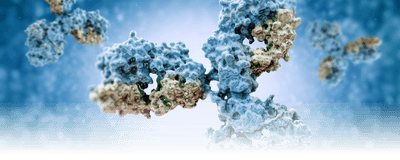microfluidics

2024 Top 10 Innovations
The Scientist Staff | Dec 13, 2024 | 10+ min read
The latest group of winning technologies has a little something for everyone—from scientists at the lab bench to those in the clinic and even the classroom.
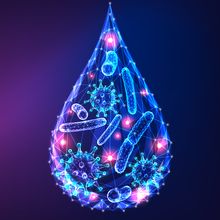
Elevating Wastewater Epidemiology with Microfluidics
Standard BioTools | Dec 6, 2024 | 1 min read
High-throughput technologies help researchers detect and monitor microbes in wastewater for source tracking and early interventions.
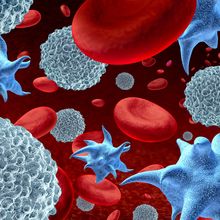
The Next Frontier: Circulating Tumor Cells and Liquid Biopsies
The Scientist Staff | Oct 15, 2024 | 2 min read
Improved methods for circulating tumor cell capture and analysis can ensure reproducible biomarker and omics insights across different cancer types.

Researchers Use Groovy Science to Understand Gut Feelings
Iris Kulbatski, PhD | Jul 17, 2024 | 4 min read
A new microfluidics cell culture model recapitulates the basic biology of gut touch.
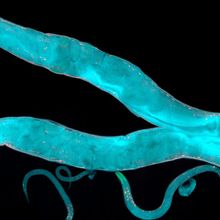
Automating In Vivo Screens and Challenging Dogma
Deanna MacNeil, PhD | Jun 19, 2024 | 3 min read
Scientists built a microfluidic lab-on-a-chip device that accelerates compound screens and phenotype analyses in C. elegans models of reproductive aging.
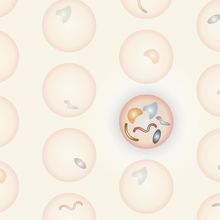
Building Cells from the Bottom Up
Danielle Gerhard, PhD | Jun 14, 2024 | 8 min read
To understand the molecular blueprint for life, Cees Dekker is starting from scratch, building fully synthetic cells that are capable of cell division.
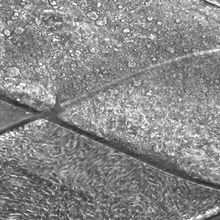
A Beating Heart on a Chip
Aparna Nathan, PhD | Mar 26, 2024 | 4 min read
Researchers used organ chips to mimic conditions that help heart cells mature.

Microfluidics Technology Enhances Genomics Research
Standard BioTools | Mar 1, 2024 | 1 min read
With nanoliter-scale reaction volumes, microfluidics-based real-time PCR (RT-PCR) devices speed up genomic analyses and library prep.
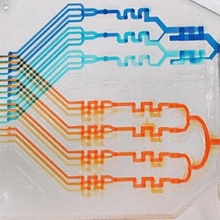
Microfluidics: Biology’s Liquid Revolution
Laura Tran, PhD | Feb 26, 2024 | 8 min read
Microfluidic systems redefined biology by providing platforms that handle small fluid volumes, catalyzing advancements in cellular and molecular studies.
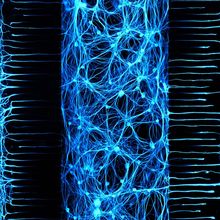
Visualizing Axon Pruning
Tiffany Garbutt, PhD | Oct 2, 2023 | 2 min read
During development, neurons trim hundreds of excess axons in an intricately coordinated destructive process.

Major Advances in Mini Brain Bioengineering
The Scientist | Mar 31, 2023 | 1 min read
Explore the latest developments in brain organoid production.

2022 Top 10 Innovations
The Scientist | Dec 12, 2022 | 10+ min read
This year’s crop of winning products features many with a clinical focus and others that represent significant advances in sequencing, single-cell analysis, and more.
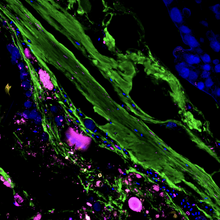
Mapping the Neighborhoods of the Gut Microbiome
Abby Olena, PhD | Jul 1, 2022 | 7 min read
Researchers are going beyond fecal samples to understand how the patterns of commensal microbes in the gastrointestinal tract influence development and health.

Still Waters Run Deep: Getting the Most Out of Cell Separation Using Automated Laminar Flow Technology
The Scientist and Curiox | May 31, 2022 | 3 min read
A gentle, interoperable alternative to centrifuging uses passive settling to improve cell viability and retention.
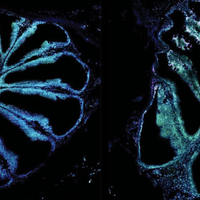
Caught on Camera
The Scientist | Dec 1, 2019 | 1 min read
Selected Images of the Day from the-scientist.com
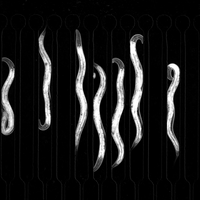
Microfluidic Chambers Trigger Sleep in C. elegans
Alejandra Manjarrez, PhD | Nov 19, 2019 | 4 min read
This newly described behavior occurs spontaneously, but can be modulated by food availability, temperature, and the size of the chambers.
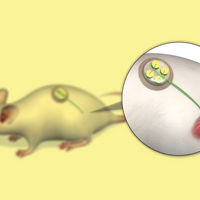
Infographic: Remote-Controlled Nerves
Ruth Williams | Oct 1, 2019 | 1 min read
A tiny implanted optofluidic device enables researchers to control mouse nerves without touching the animals.
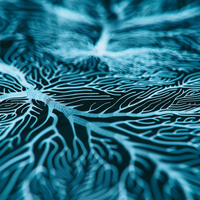
Remote Control of Peripheral Nerves
Ruth Williams | Oct 1, 2019 | 3 min read
An implantable wireless device with microfluidic and optical components allows manipulation of individual nerve fibers in mice’s extremities.
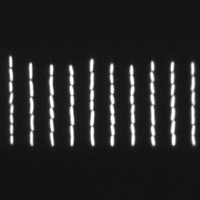
Image of the Day: Mother Machine
Emily Makowski | Sep 20, 2019 | 1 min read
Bacteria grow and divide in microfluidic channels.
